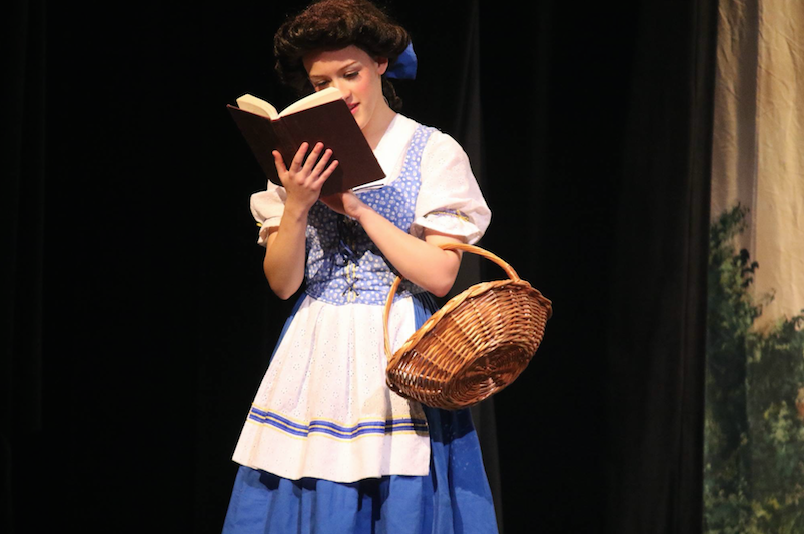Pansexuality: I Live It Every Day
March 1, 2016
If you haven’t seen Katie Aylesworth (‘16), then you’ve probably never been to an East theatre production. In this year alone, she’s played major roles in The Tempest (Ariel) and Beauty and the Beast (Belle), demonstrating her talents in both acting and singing.
She’s also pansexual, but that’s a different story entirely.
Aylesworth first identified as openly pansexual in the fall of 2013. She had briefly identified as bisexual, even coming out to her parents as bi, before deciding that the label just didn’t fit her.
Although bisexuality and pansexuality are often seen as having similar definitions, they’re generally accepted in the LGBTQ+ community as being two different entities entirely. Most people think of bisexuality as attraction to only two genders, male and female; despite this, the bisexual community currently leans toward the looser definition of: “attraction to more than one gender”. Similarly, pansexuality also encompasses attraction to more than one gender, yet, nonetheless, people who identify as pansexual—people like Aylesworth—see the label as having different connotations. For Aylesworth, pansexuality has less of a focus on more physical characteristics like gender and appearance.
“I’m attracted to personalities,” said Aylesworth. “I don’t care what you look like… the reason I’m pansexual is because I get attracted to your personality before anything else.”
Passionate, Aylesworth firmly insists on the existence of pansexuality.
“I hate it when people say [Pansexuality is] not a real sexuality. It is real, trust me. I live it every day,” said Aylesworth.
Luckily for Aylesworth, she has yet to encounter any prejudice against her sexual orientation, having “never had any animosity from [her] friends” over it.
Aylesworth largely attributes this lack of judgment to the social atmosphere of the Cherry Hill community.

“Cherry Hill is kind of like a safe spot,” said Aylesworth, “even though there are people who kind of don’t accept other sexualities… it’s mostly very liberal, and I feel very welcomed here.”
In the future, Aylesworth not only hopes to further her musical theatre career but also to minor in gender and sexuality studies.
“I want to get more education, because I think that’ll provide more acceptance,” said Aylesworth.